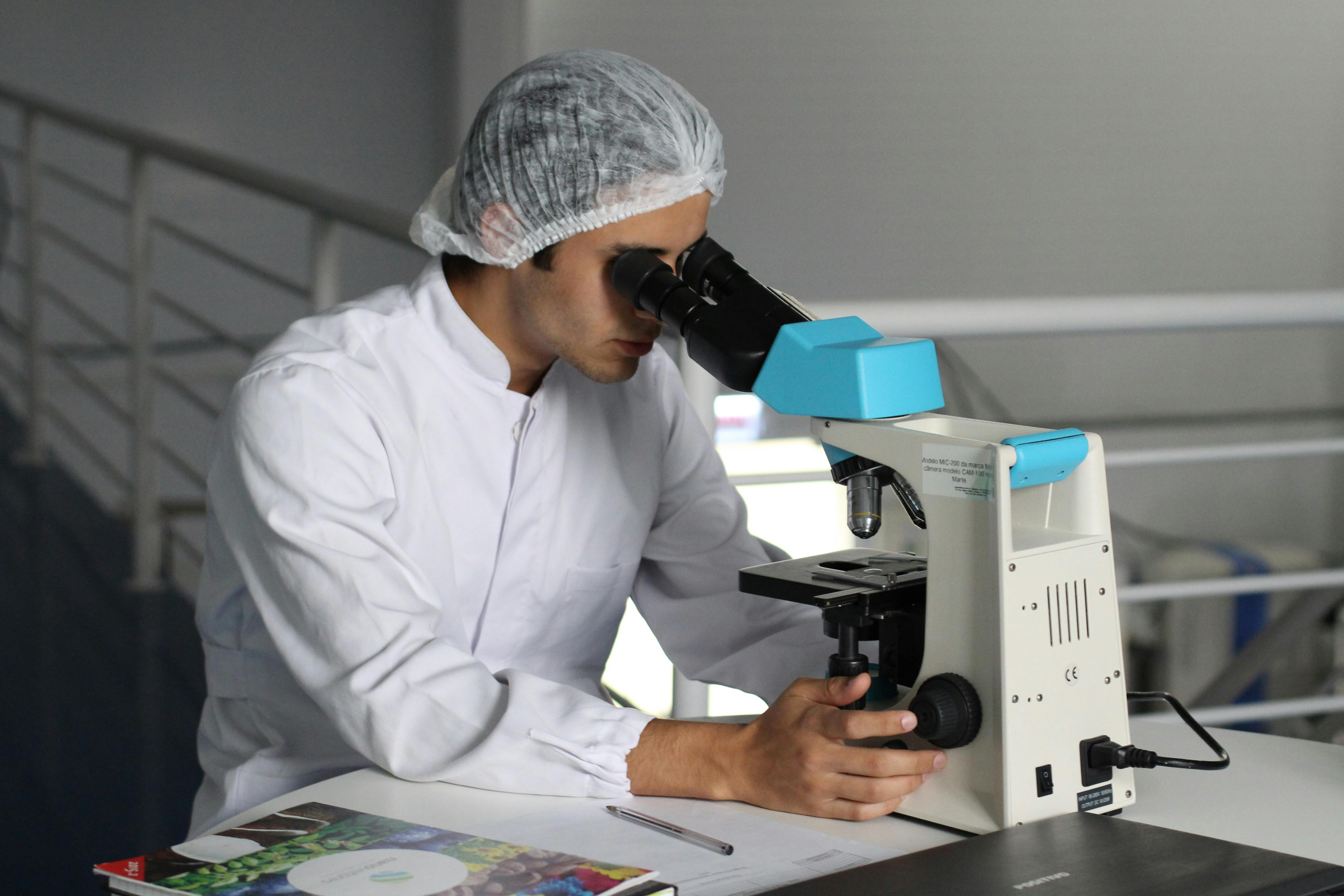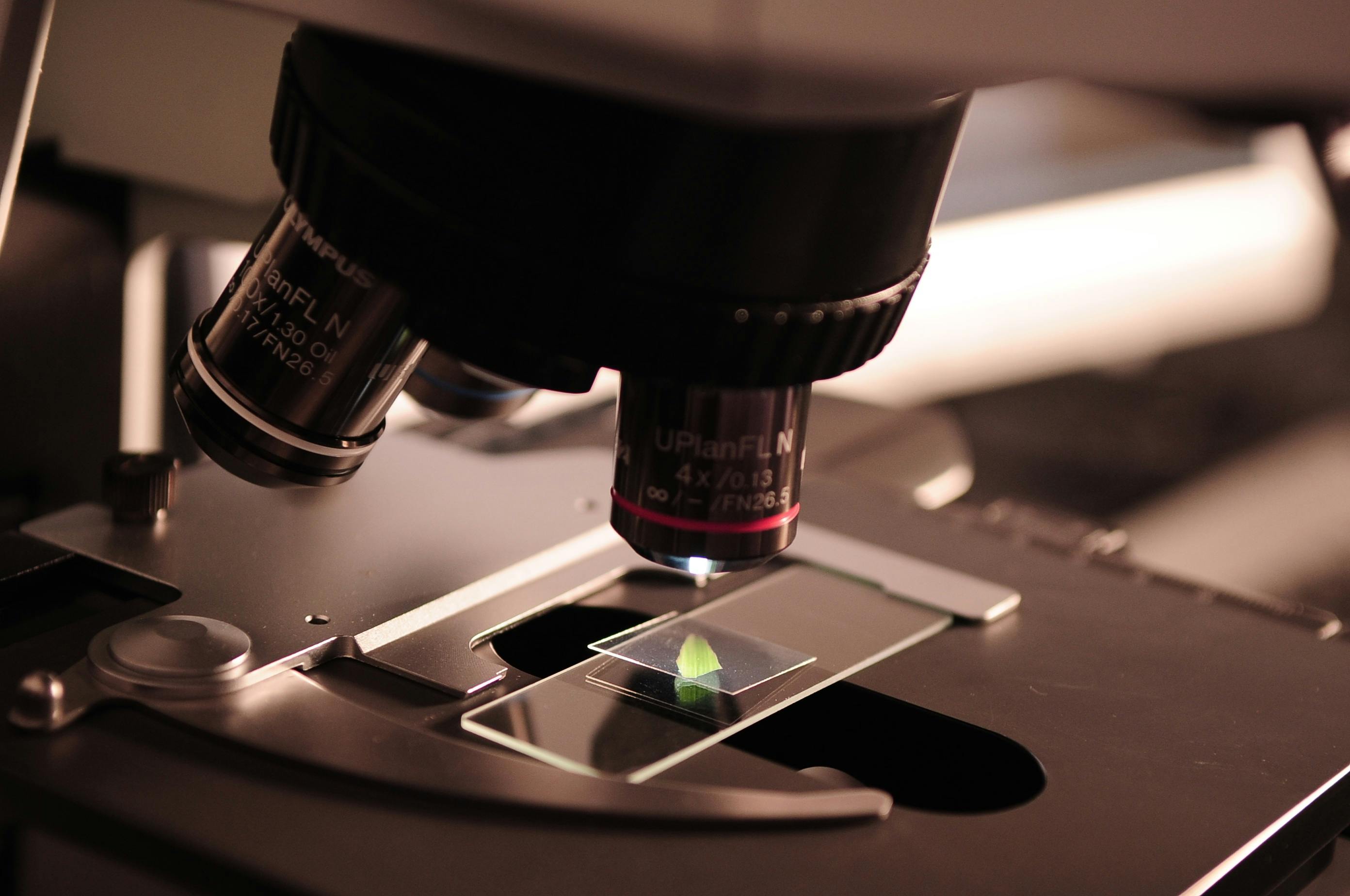The Silent Guardians
How Bioinformatics Unlocks the Secrets of Selenoproteins
Article Navigation
The 21st Amino Acid and Its Keepers
Deep within your cells, a biological sleight of hand occurs every second. A genetic instruction that normally means "STOP" is covertly reinterpreted as "INSERT SELENOCYSTEINE HERE." This molecular magic trick enables the creation of selenoproteins—a special class of proteins containing selenium, an essential trace element.
These unsung heroes are your body's elite antioxidant task force, protecting against aging, cancer, and immune dysfunction. Yet until recently, scientists struggled to decode their complex biology. Enter bioinformatics, the revolutionary fusion of biology and computing that is finally illuminating these enigmatic molecules. By analyzing genetic blueprints with powerful algorithms, researchers are revealing how selenoproteins orchestrate cellular health and why their dysfunction accelerates aging and disease 4 7 .

Decoding the Selenoprotein Enigma
The UGA Paradox: When "Stop" Means "Go"
Selenoproteins exist because of a fascinating evolutionary hack:
- Selenocysteine (Sec): Dubbed the 21st amino acid, its selenium atom provides unmatched antioxidant power. Sec's lower pKa (5.2 vs. cysteine's 8.3) makes it hyper-reactive against damaging free radicals 3 8 .
- Genetic Recoding Machinery: The UGA codon—usually a stop signal—is repurposed to insert Sec. This requires specialized components that bioinformatics has helped identify.

Table 1: Key Components of Selenoprotein Synthesis
| Component | Role | Unique Feature |
|---|---|---|
| SECIS element | Redirects UGA from "stop" to Sec signal | Location differs by species |
| tRNASec | Carries Sec to ribosome | Longest known tRNA (90-100+ nucleotides) |
| SBP2 | Binds SECIS in eukaryotes | Mutations cause thyroid dysfunction |
| SelB | Bacterial Sec insertion factor | Binds both SECIS and tRNASec |
Bioinformatics: Mapping the Selenoproteome
Identifying selenoproteins is like finding needles in a haystack. Their UGA codons masquerade as stop signals, fooling standard gene-finding tools. Bioinformatics overcomes this through specialized tools:
SECIS Hunter
Scan genomes for conserved SECIS structures (e.g., stem-loops with specific motifs like AUGA or GAAR) 9 .
Sec-Seeker
Analyze evolutionary conservation of Sec vs. Cys in redox-active sites 4 .
ML Models
Predict selenoprotein expression levels under varying selenium conditions 9 .
Table 2: Bioinformatics Tools for Selenoprotein Discovery
| Tool | Function | Breakthrough |
|---|---|---|
| Sec-Seeker | Identifies Sec/Cys conservation | Found 25 human selenoprotein genes |
| Selenoprofiles | Detects SECIS elements in genomes | Revealed selenoproteins in fish & algae |
| BETA | Predicts UGA recoding efficiency | Linked SECIS variants to muscle diseases |
The Aging Experiment: A Bioinformatics-Driven Breakthrough
Unmasking Selenoproteins' Role in Cellular Aging
In 2025, Osaka University researchers published a landmark study in Blood revealing how selenoprotein loss accelerates hematopoietic aging. Their bioinformatics analysis first flagged downregulated selenoprotein mRNAs in aged human hematopoietic stem cells (HSCs)—a red flag hinting at oxidative stress 1 6 .

Methodology: Connecting Genes to Phenotypes
Model Creation
Engineered Trsp knockout mice (disrupting tRNASec, halting all selenoprotein synthesis).
Cell Isolation
Sorted HSCs, B cells, and myeloid cells from KO and wild-type mice.
Multi-Omics Profiling
- RNA-seq: Quantified gene expression in aging-related pathways.
- Lipidomics: Measured peroxidized lipids (key ferroptosis markers).
Functional Tests
- Transplanted KO stem cells into irradiated mice to track differentiation.
- Treated mice with vitamin E to block lipid peroxidation.
Table 3: Phenotypic Effects of Selenoprotein Disruption
| Cell Type | Trsp KO Phenotype | Aging Link |
|---|---|---|
| HSCs | ↓ Self-renewal capacity; ↑ senescence genes | Mimics aged HSC decline |
| B lymphocytes | Severe depletion (lymphocytopenia) | Age-related immune dysfunction |
| Myeloid cells | Minimal impact | Explains myeloid skewing in aging |
| B-cell progenitors | Switched to CD11b+ myeloid cells | Reveals lineage plasticity under stress |
Results & Analysis: The Redox-Aging Connection
The KO mice strikingly mirrored natural aging:
- Lipid Peroxidation Surge: HSCs and B cells accumulated toxic peroxides, triggering ferroptosis.
- Lineage-Specific Vulnerability: B cells were decimated, while myeloid cells resisted—explaining why aging favors myeloid cells .
- Vitamin E Rescue: Dietary vitamin E reversed B-cell defects, confirming lipid peroxidation as the culprit 1 6 .
This experiment proved selenoproteins guard against lineage-specific oxidative damage, preserving balanced immunity.
The Scientist's Toolkit: Key Reagents in Selenoprotein Research
Modern selenoprotein research relies on a sophisticated array of tools and reagents, many developed through bioinformatics insights. These enable precise manipulation and measurement of selenoprotein function in health and disease.
Table 4: Essential Reagents for Selenoprotein Studies
| Reagent/Method | Function | Example Use Case |
|---|---|---|
| Trsp knockout models | Disrupts selenoprotein synthesis globally | Studying aging (Osaka Univ. experiment) |
| Sec-specific antibodies | Detects selenoproteins in tissues | Visualizing GPx4 in neurons |
| SECIS element plasmids | Enables recombinant selenoprotein expression | Producing human TRxR for drug screening |
| Ferroptosis inhibitors | Blocks lipid peroxidation (e.g., vitamin E) | Rescuing B-cell development in KO mice |
| Selenium-75 (⁷⁵Se) | Radioactive tracer for Se metabolism studies | Quantifying selenoprotein turnover rates |

Beyond the Code: Health Implications and Future Frontiers
Selenoproteins in Disease and Therapy
Bioinformatics has linked selenoprotein dysregulation to numerous health conditions:

The Supplementation Paradox
While selenium deficiency causes Keshan disease (deadly cardiomyopathy), high-dose supplements increase diabetes risk. Bioinformatics reveals why: selenoproteins follow a hierarchy of expression. Critical proteins (e.g., glutathione peroxidases) are prioritized during deficiency, while others (e.g., SelP) crash first. This explains why "one-size-fits-all" supplementation fails 5 8 .
Next-Generation Bioinformatics
Emerging tools are set to revolutionize the field:
Single-Cell Selenoproteomics
Mapping selenoprotein expression in rare cell types (e.g., stem cells).
AI-Driven Drug Design
Optimizing selenoprotein-mimicking antioxidants.
Personalized Guidelines
Genetic tests for SECIS variants to tailor supplementation.
Conclusion: The Code Within the Stop
Selenoproteins exemplify biology's elegance—turning a genetic "stop" into a life-sustaining "go." As bioinformatics peels back their layers, we uncover not just molecular mechanisms, but pathways to healthier aging. The Osaka experiment exemplifies this: by disrupting selenoprotein synthesis, they revealed ferroptosis as a driver of immune aging—and hinted that vitamin E might help.
Yet mysteries linger. Why are only 25 selenoproteins conserved in humans? How do their SECIS elements evolve? As computing power grows, so will our power to answer these questions and harness selenoproteins as guardians against time itself.
"In the UGA paradox, we find a reminder: biology's stops are often where the most fascinating journeys begin."